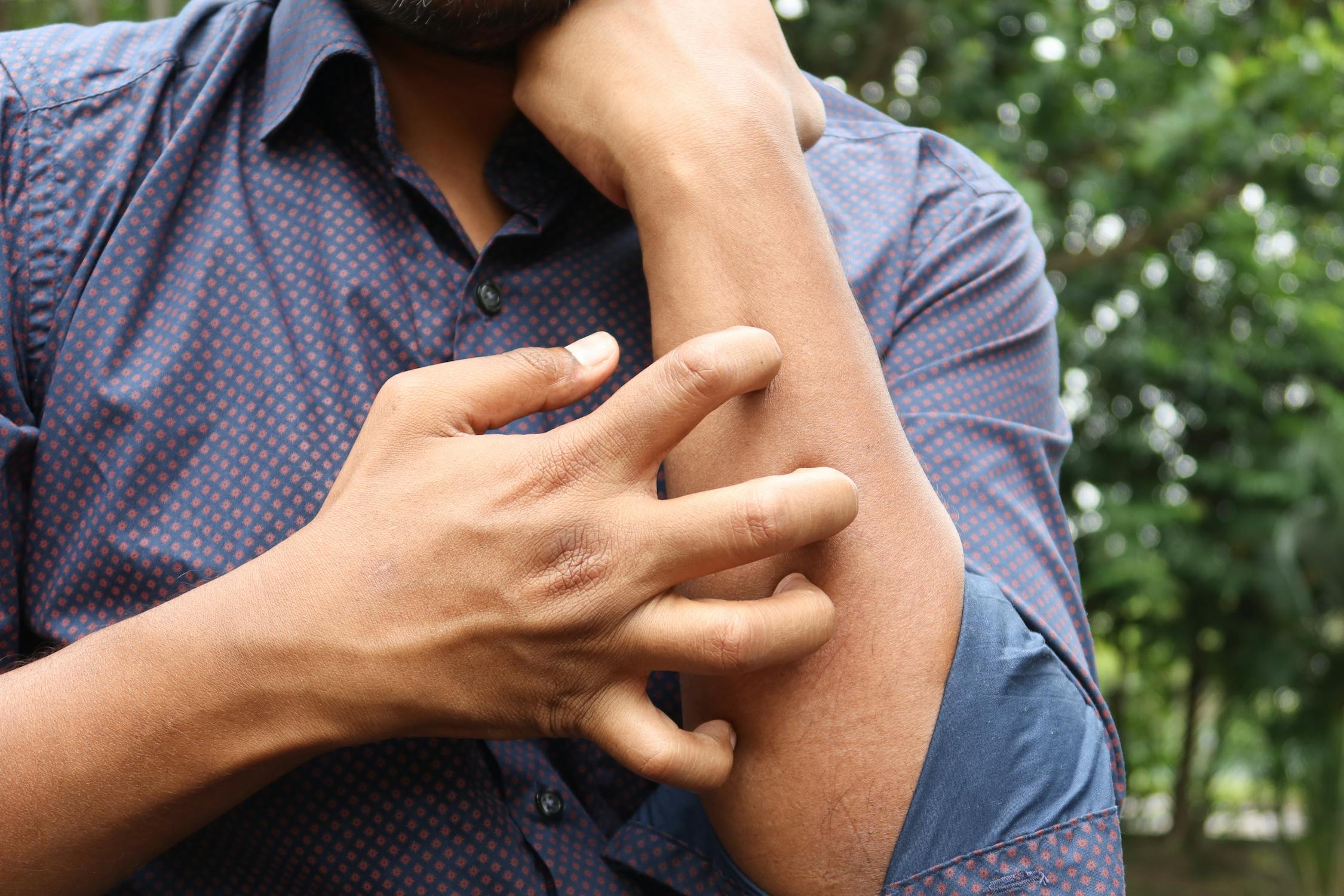Visual Signs of Atopic Dermatitis: Recognize Eczema Symptoms
Atopic dermatitis, commonly known as eczema, is a chronic skin condition that affects millions of individuals worldwide. This inflammatory condition often presents with visible symptoms that can vary in intensity and appearance. Understanding these visual signs is essential for early detection and management, as the condition significantly impacts daily life and overall well-being.

Characterized by red, itchy, and inflamed patches of skin, atopic dermatitis can manifest differently depending on age, skin type, and environmental factors. The symptoms are often mistaken for other skin conditions, making it crucial to recognize the specific indicators associated with eczema. Proper identification can pave the way for timely treatment, minimizing discomfort and reducing flare-ups.
Redness and Inflammation
This redness is caused by inflammation resulting from an overactive immune response. Affected areas can become swollen, warm to the touch, and may even develop small bumps. These symptoms are often more pronounced during flare-ups and can appear on various parts of the body, including the face, hands, elbows, and knees.
Dryness and Flaking
Dry skin is a hallmark of atopic dermatitis. The skin's natural barrier is compromised in individuals with this condition, leading to significant moisture loss. As a result, the skin may become excessively dry, scaly, or flaky. In some cases, cracks in the skin might occur, increasing susceptibility to infections. Applying moisturizers regularly is a key step in managing this symptom.
Itching and Discomfort
Itching is one of the most challenging aspects of atopic dermatitis. The constant urge to scratch can lead to further irritation and even create open wounds that heighten infection risks. This symptom often disrupts sleep patterns and daily activities, particularly in severe cases. For children, this discomfort can affect their mood and behavior.
Thickened or Lichenified Skin
Chronic eczema sufferers may experience lichenification, a thickening of the skin due to prolonged scratching or rubbing. This symptom develops over time in areas repeatedly affected by eczema flare-ups. Lichenified patches are typically darker than surrounding skin and have a leathery texture.
Common Areas Affected
- Infants: Face (cheeks), scalp, arms, and legs.
- Children: Creases of elbows or knees, wrists, ankles.
- Adults: Hands, neck, eyelids, around the mouth.
The location of symptoms often shifts with age but remains persistent if untreated or poorly managed.
Recognizing Triggers
Eczema symptoms often worsen due to specific triggers such as allergens (dust mites or pollen), irritants (soaps or detergents), climate conditions (cold weather or humidity), or stress levels. Identifying these triggers can help mitigate flare-ups by avoiding or minimizing exposure whenever possible.
The visual signs of atopic dermatitis vary widely but share common characteristics such as redness, itching, dryness, and inflammation. Recognizing these symptoms early enables individuals to seek appropriate care and improve their quality of life significantly. Understanding personal triggers and adopting a proactive approach to skincare can go a long way in managing this chronic condition effectively.
